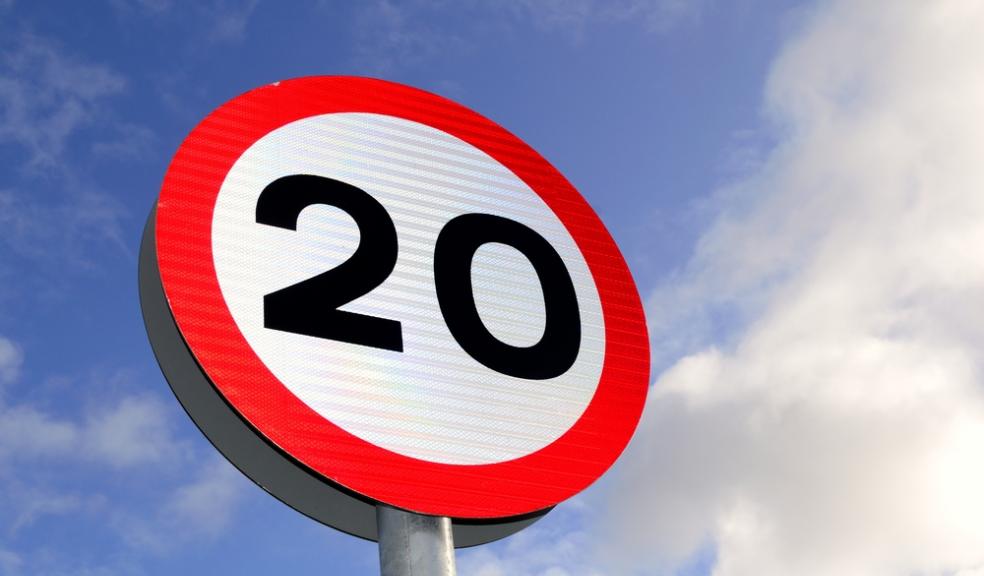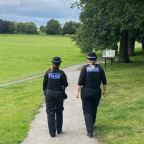
Red tape puts brakes on 20mph limits
A research report released today (30 September 2015) by Brake, the road safety charity, has called for the removal of unnecessary barriers faced by local councils in implementing 20mph speed limits to deliver safer walking and cycling.
The report finds that moving to 20mph limits across built up areas would deliver significant safety benefits, especially for pedestrians and cyclists, and suggests red tape and a lack of strong national government leadership is at fault for the current UK postcode lottery when it comes to reaping the benefits of lower traffic speeds in communities.
A freedom of information request submitted by Brake to all 206 local traffic authorities in Great Britain, regarding their decisions to implement 20mph limits or not, identified some key stumbling blocks, including:
• Cost. With local authority budgets under severe pressure, many councils view the cost of introducing 20mph limits as prohibitive, with much of the costs (75% in one case) spent on installing repeater signs in line with current regulation. Although many councils recognise this cost is likely to be outweighed in the long run by crash prevention, it is enough to discourage some councils. The government could reduce these costs by amending signage regulation.
• Central government guidance. The government’s guidance on introducing 20mph limits states trouble-free compliance is likely on roads where average traffic speeds are already 24mph or below]. This has been misinterpreted by some councils as meaning 20mph limits should not be introduced on roads with higher average speeds, when doing so has been shown to achieve greater speed reductions. Brake argues the government can show stronger leadership and remove red tape by revising guidance to be less prohibitive.
With 20mph increasingly the norm in urban areas across the UK, Brake advocates making this the national default urban speed limit, alongside its 16 GO 20 coalition partners. This would avoid problems currently experienced by local authorities by only requiring them to spend money signing exceptional roads that are appropriate to remain at 30mph or higher. This would also be easier for drivers to understand and would likely increase compliance and speed reduction.
However, short of changing the urban default, Brake is recommending that major progress could be made in making walking and cycling safer, and big savings achieved, by relaxing regulations on repeater signs on 20mph roads and revising government guidance on setting local speed limits.
Reaffirming the wide-ranging benefits of 20mph limits, the report found that signs-only 20mph speed limits can be expected to achieve, as a minimum, a 1mph reduction of average traffic speeds, leading to a 6% reduction in collisions. Where limits are backed up with public awareness and enforcement campaigns, speed reductions could be as much as 4mph, reducing collisions by almost a quarter (24%). The report suggests this improvement in safety is likely to have a positive impact on walking and cycling levels, with significant health and environmental benefits.
Dr Tom Fisher, research manager for Brake, said: “At a time when local authority budgets are being slashed by central government, that government has a duty to do what it can to enable those authorities to spend that cash as efficiently as possible. However, when it comes to making streets in their communities safer, the government is tying the hands of cash-strapped councils with out-dated and unnecessary regulation.
“20mph limits are an effective and globally-recognised solution to unacceptably dangerous roads in our cities, towns, and villages. Ultimately, we would like to see 20mph become the default urban speed limit in the UK. In the meantime, the government can remove red tape and show stronger leadership by providing clearer and more positive guidance, and by doing away with the requirement for costly repeater signs.”











